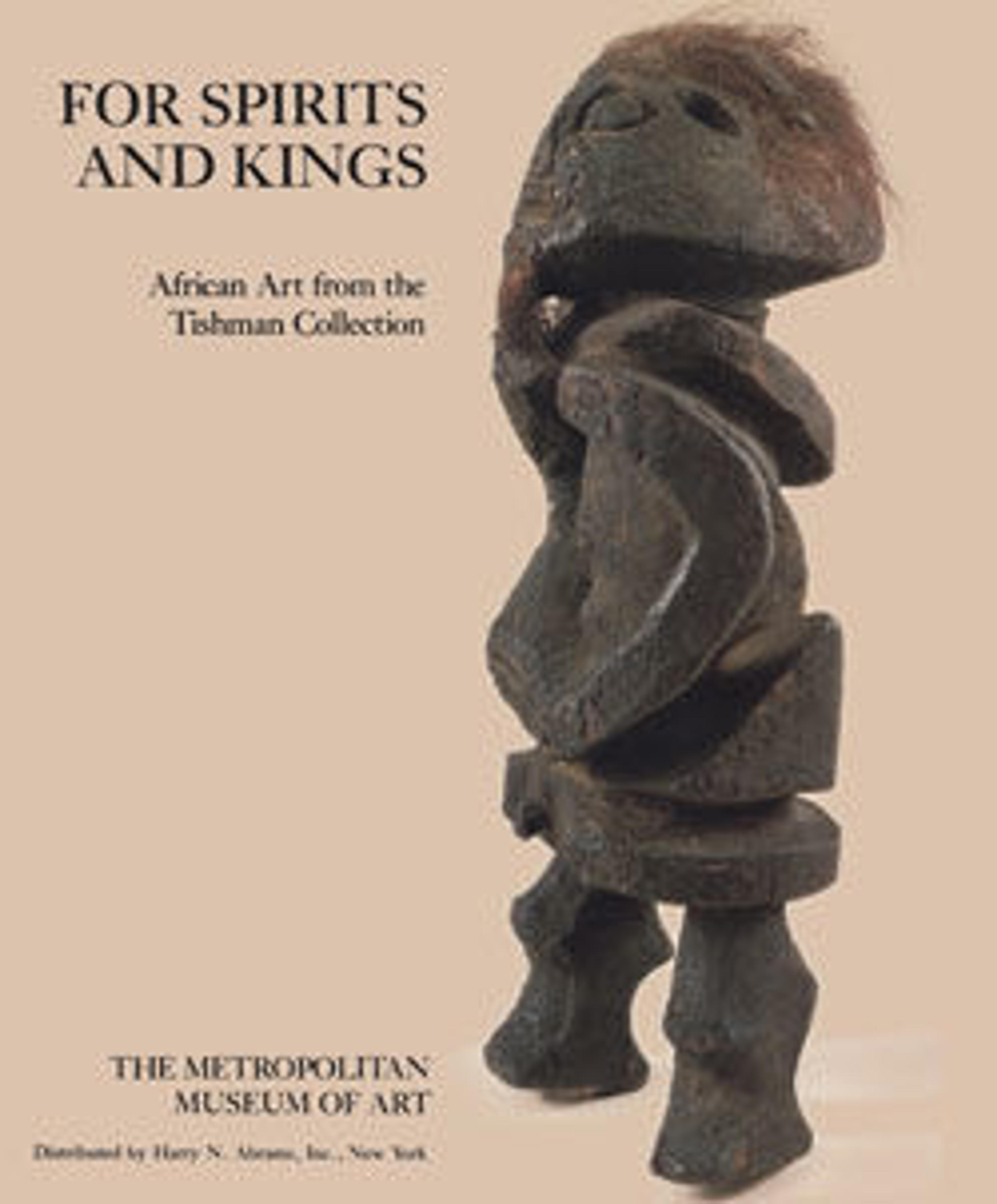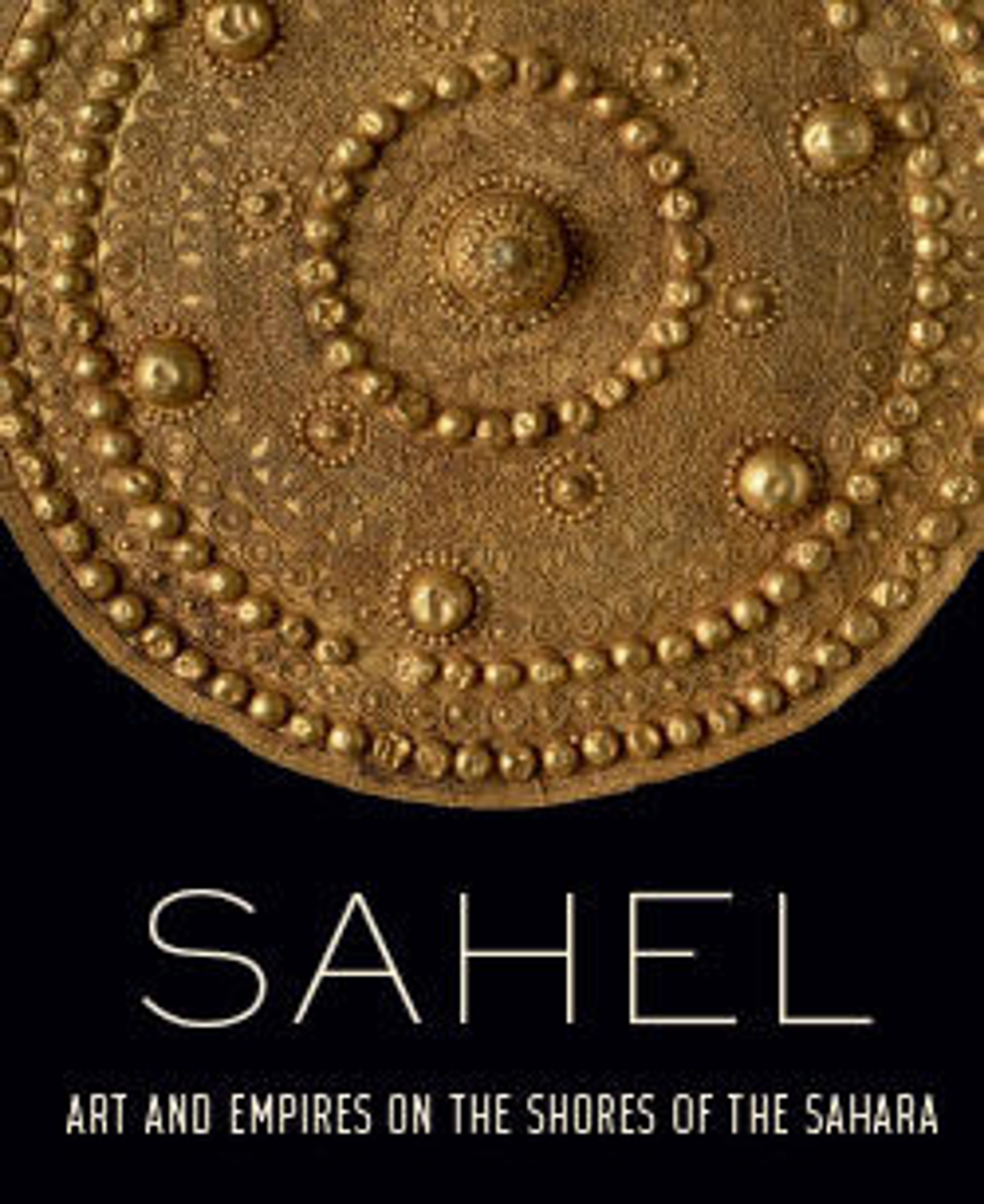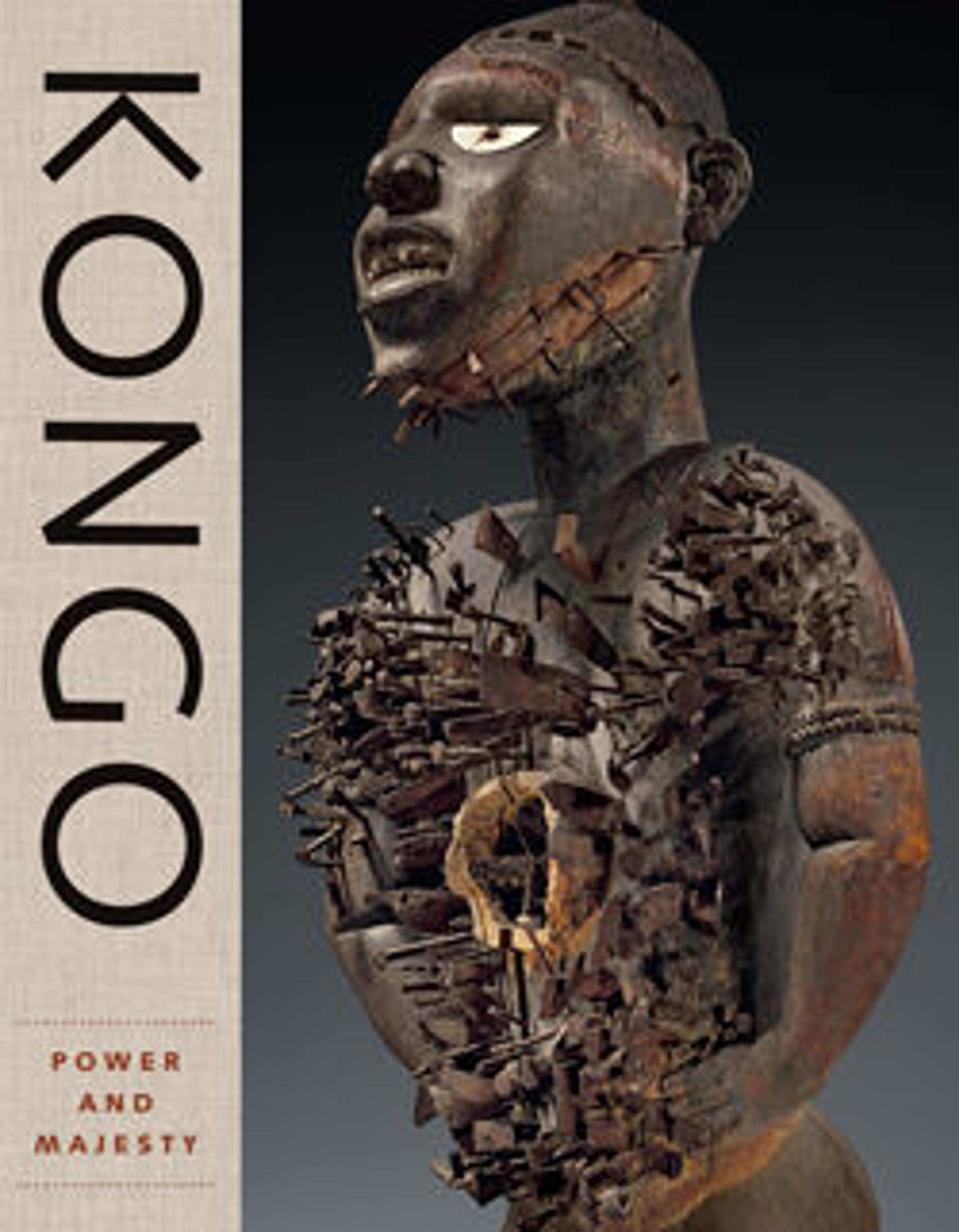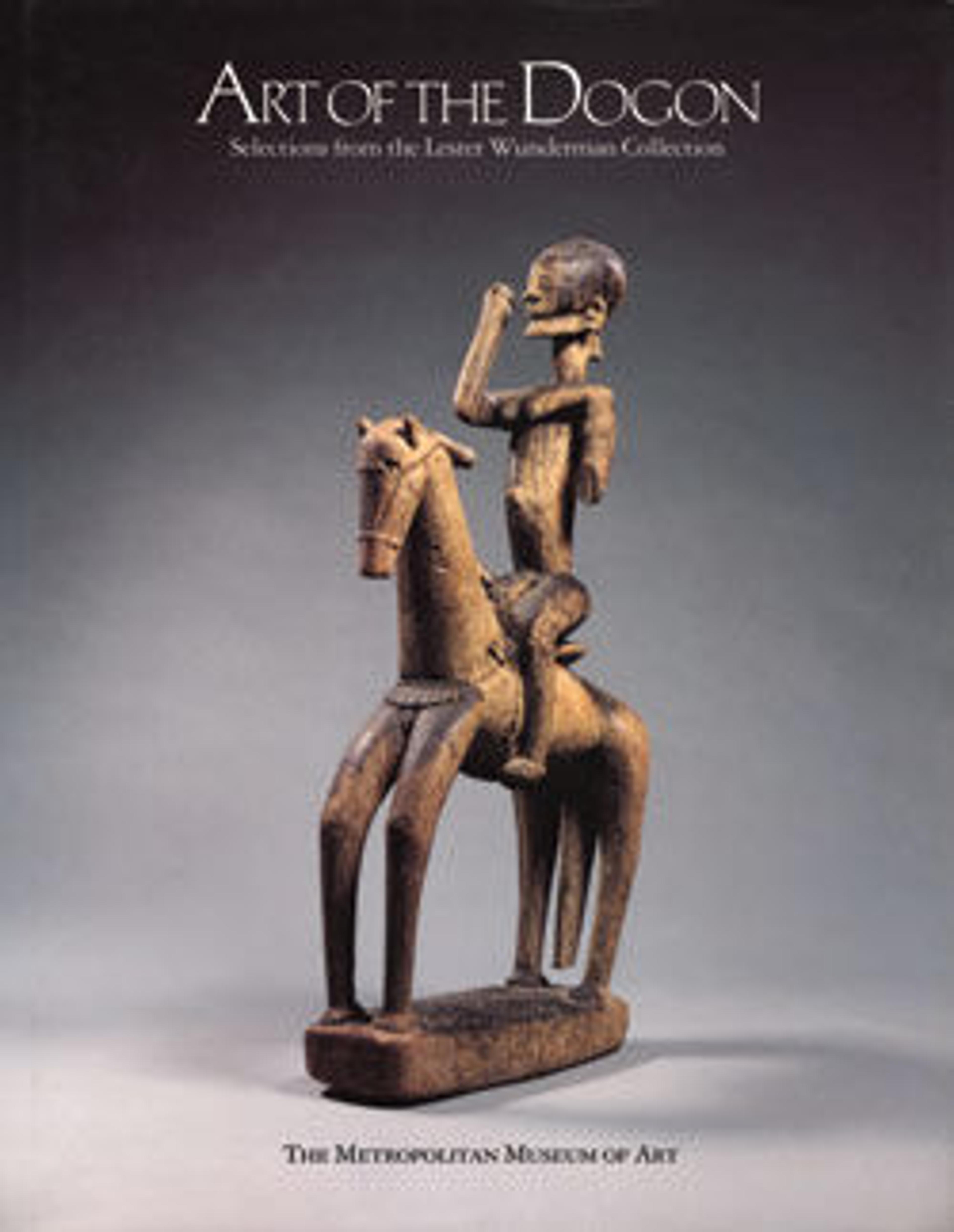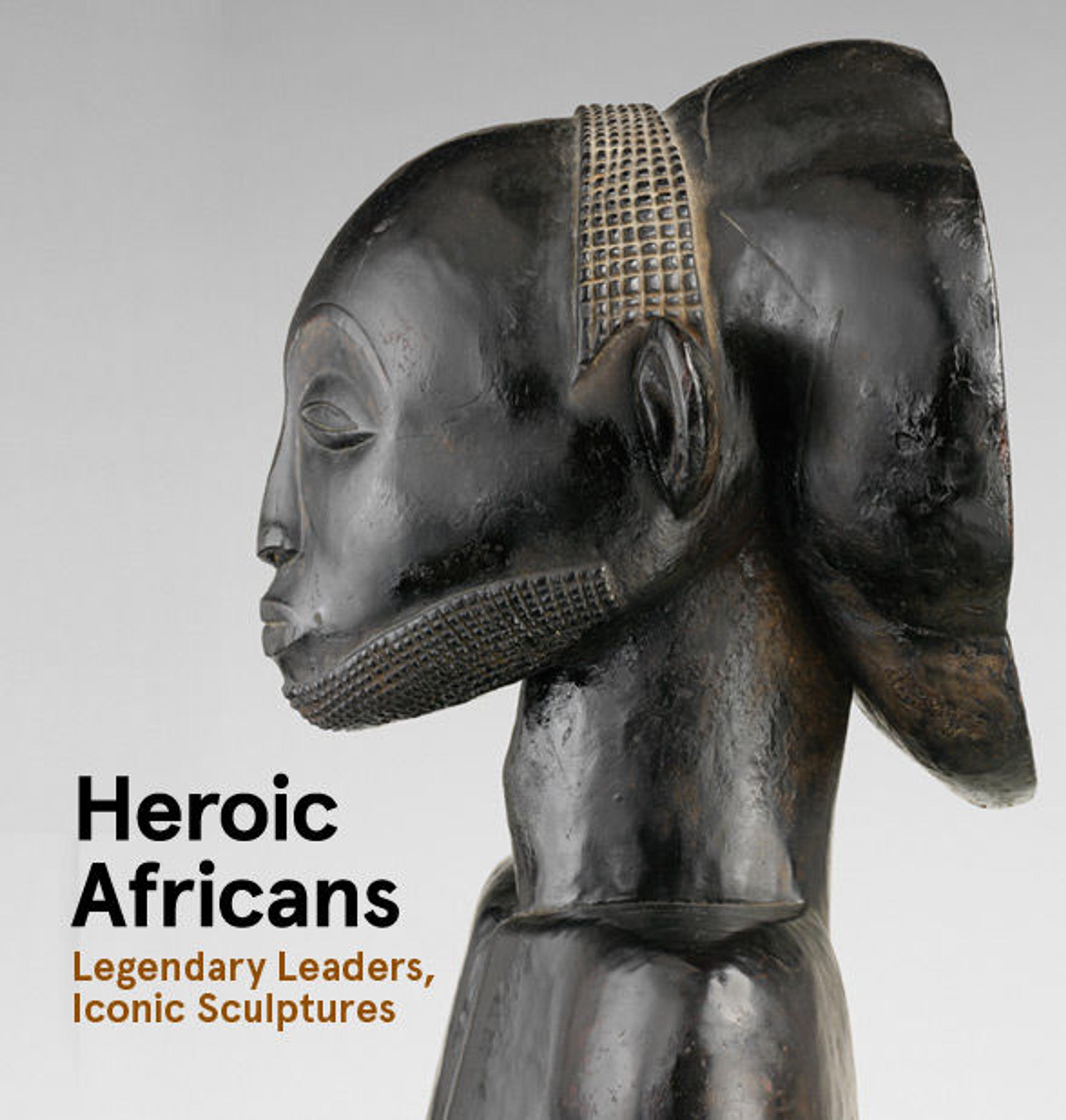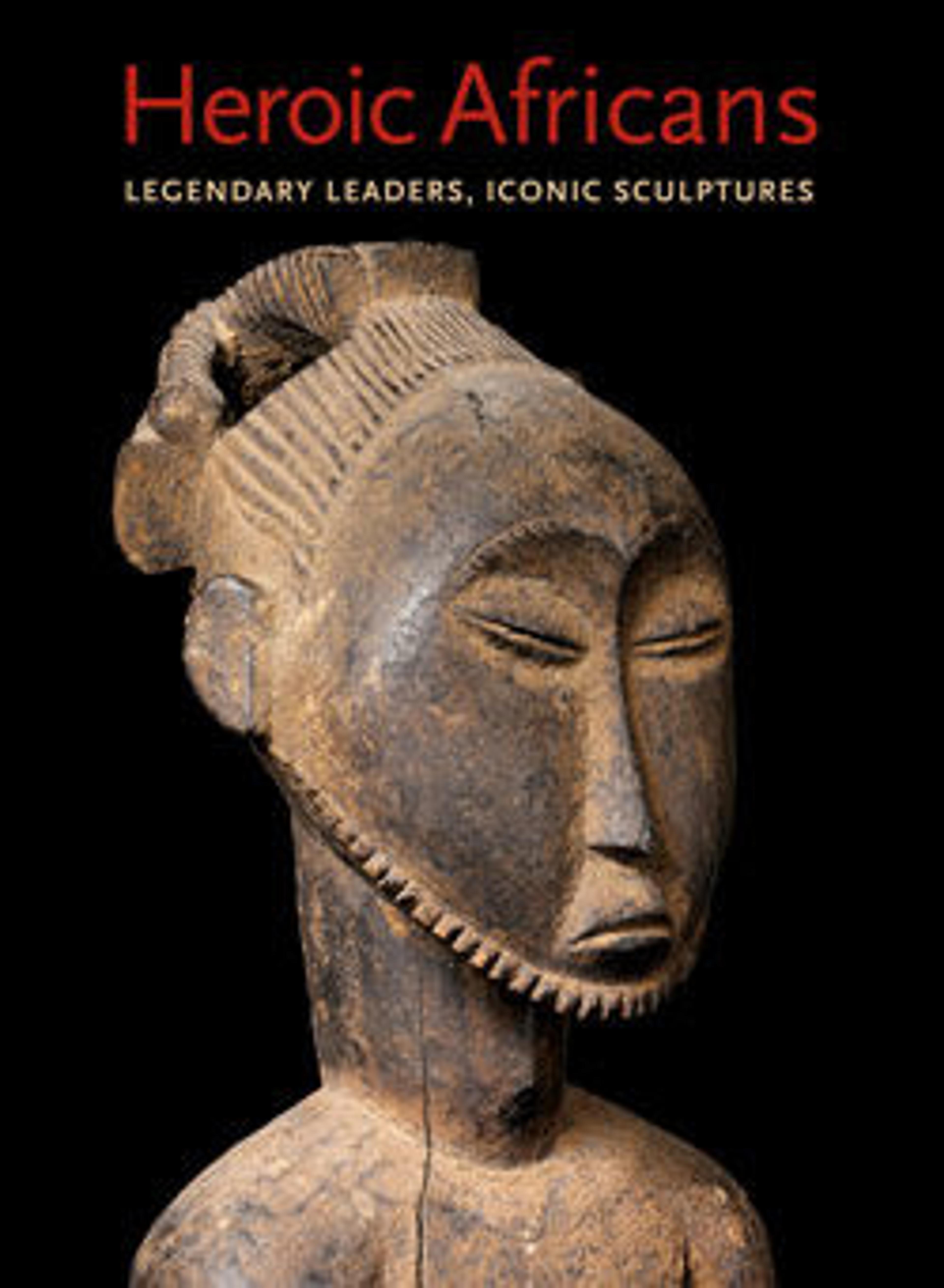
Heroic Africans: Legendary Leaders, Iconic Sculptures
Over the centuries, artists across sub-Saharan Africa have memorialized eminent figures in their societies using an astonishingly diverse repertoire of naturalistic and abstract sculptural idioms. Adopting complex aesthetic formulations, they idealized their subjects but also added specific details—such as emblems of rank, scarification patterns, and elaborate coiffures—in order to evoke the individuals represented. Imbued with the essence of their formidable subjects, these works played an essential role in reifying ties with important ancestors at critical moments of transition. Often their transfer from one generation to the next was a prerequisite for conferring legitimacy upon the leaders who followed. The arrival of Europeans as traders, then as colonizers, led to the dislocation of many of these sculptures from their original sites, as well as from the contexts in which they were conceived; thus, today they are seen primarily as timeless abstractions of generic archetypes. Heroic Africans reexamines the sculptures in terms of the individuals who inspired them and the cultural values that informed them, providing insight into the hidden meanings behind these great artistic achievements.
Author Alisa LaGamma considers the landmark sculptural traditions of the kingdoms of Ife and Benin, both in Nigeria, Ghana and Côte d'Ivoire's Akan chiefdoms; the Bangwa and Kom chiefdoms of the Cameroon Grassfields; the Chokwe chiefdoms of Angola and the Democratic Republic of the Congo (D.R.C.); and the D.R.C.'s Luluwa, Kuba, and Hemba chiefdoms. More than 140 masterpieces created between the 12th and the early 20th century—complemented by maps, drawings, and excavation and ceremonial photographs—reveal the religious and artistic conventions that defined these distinct regional genres.
Met Art in Publication
You May Also Like
Press the down key to skip to the last item.
Citation
LaGamma, Alisa. 2011. Heroic Africans: Legendary Leaders, Iconic Sculptures. New York : New Haven [Conn.]: Metropolitan Museum of Art ; distributed by Yale University Press.
